Driving is an intricate dance between man and machine, where every component plays a crucial role in ensuring a smooth ride. Among these components, the rear differential often remains an unsung hero, silently managing power distribution to the wheels. However, when this vital piece of machinery begins to fail, the consequences can be dire. In this article, we explore the implications of a failing rear differential while driving, highlighting signs to watch for, potential hazards, and what you can do to mitigate these risks.
- Understanding the Rear Differential
- Signs of a Failing Rear Differential
- Immediate Consequences of a Failing Rear Differential
- 1. Loss of Power Distribution
- 2. Handling Issues
- 3. Increased Wear and Tear
- Long-Term Consequences
- 1. Complete Differential Failure
- 2. Safety Risks
- 3. Financial Implications
- Mitigating Risks
Understanding the Rear Differential
Before diving into the consequences, it’s essential to understand what a rear differential does. Located in the rear axle, this component enables the wheels to rotate at different speeds, especially during turns. This is crucial for maintaining traction and ensuring that your vehicle handles predictably. Essentially, the rear differential allows for smoother cornering and enhances vehicle stability.
Signs of a Failing Rear Differential
Recognizing the early signs of differential failure can save you from severe consequences. Here are some symptoms to keep an eye out for:
- Noisy Operation: Grinding, whining, or clunking sounds coming from the rear of the vehicle can indicate worn gears or low fluid levels.
- Vibrations: Unexplained vibrations during acceleration or while driving can signal misalignment or internal damage.
- Fluid Leaks: Puddles of differential fluid underneath your vehicle are a clear sign of a problem.
- Difficulty Turning: If the vehicle seems to struggle when making turns, this may be due to the differential not functioning correctly.
Immediate Consequences of a Failing Rear Differential
When the rear differential begins to fail, the immediate consequences can be alarming:
1. Loss of Power Distribution
A malfunctioning differential may lead to inefficient power distribution to the wheels. This can result in a loss of acceleration and make it difficult to maintain speed, particularly in slippery conditions.
2. Handling Issues
Driving with a failing rear differential can severely affect vehicle handling. You might experience a lack of traction, especially when turning or driving on wet or uneven surfaces, potentially leading to skidding or loss of control.
3. Increased Wear and Tear
A failing differential puts extra strain on other drivetrain components, leading to accelerated wear and tear. This can cause a domino effect, resulting in costly repairs or even complete drivetrain failure if left unaddressed.
Long-Term Consequences
Ignoring the signs of a failing rear differential can result in more severe long-term consequences:
1. Complete Differential Failure
A total failure of the rear differential can leave you stranded, requiring costly towing and repairs. This scenario is not just inconvenient; it can also be dangerous if it happens while you’re driving.
2. Safety Risks
Driving with a compromised rear differential significantly increases the risk of accidents. The potential for loss of control, especially at high speeds or in adverse weather conditions, can endanger not only you but also other road users.
3. Financial Implications
Addressing differential issues early can prevent more extensive damage and higher repair costs. However, if a complete breakdown occurs, you may face exorbitant expenses for new parts and labor, not to mention the potential increase in insurance premiums due to accident risk.
Mitigating Risks
To avoid the consequences of a failing rear differential, proactive maintenance is key:
- Regular Inspections: Have your vehicle’s differential inspected regularly as part of routine maintenance.
- Fluid Checks: Ensure that the differential fluid is at the correct level and free from contaminants.
- Listen and Feel: Pay attention to any unusual noises or vibrations and have them checked out immediately;
The rear differential is a critical component that significantly impacts your vehicle’s performance and safety. Understanding the signs of failure and the consequences of neglecting this issue is paramount for every driver. By being proactive and addressing potential problems early, you can avoid the costly and dangerous ramifications of a failing rear differential. Stay safe and keep your vehicle well-maintained to ensure a smooth ride every time you hit the road.

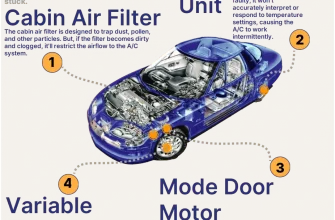
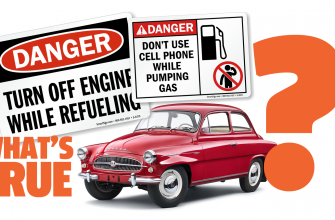
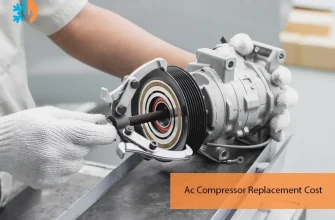


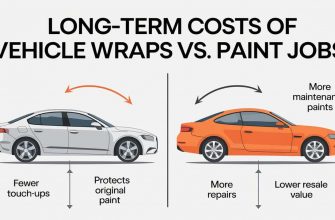
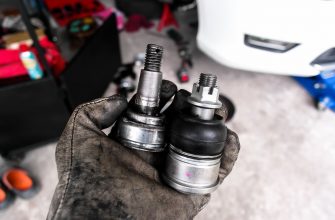

Great insights into a topic that often gets overlooked. Understanding the signs of failure can really help prevent serious issues down the road.
This article brilliantly highlights the importance of the rear differential! I never realized how crucial it was for vehicle stability until now.
This article is a must-read for anyone who drives. It’s informative and well-written, making complex information easy to understand!
I appreciate the clear explanation of symptoms related to a failing rear differential. The tips provided are invaluable for any car owner!
Fantastic read! The details about power distribution and handling during turns really opened my eyes to how my car works. Highly recommend this article!